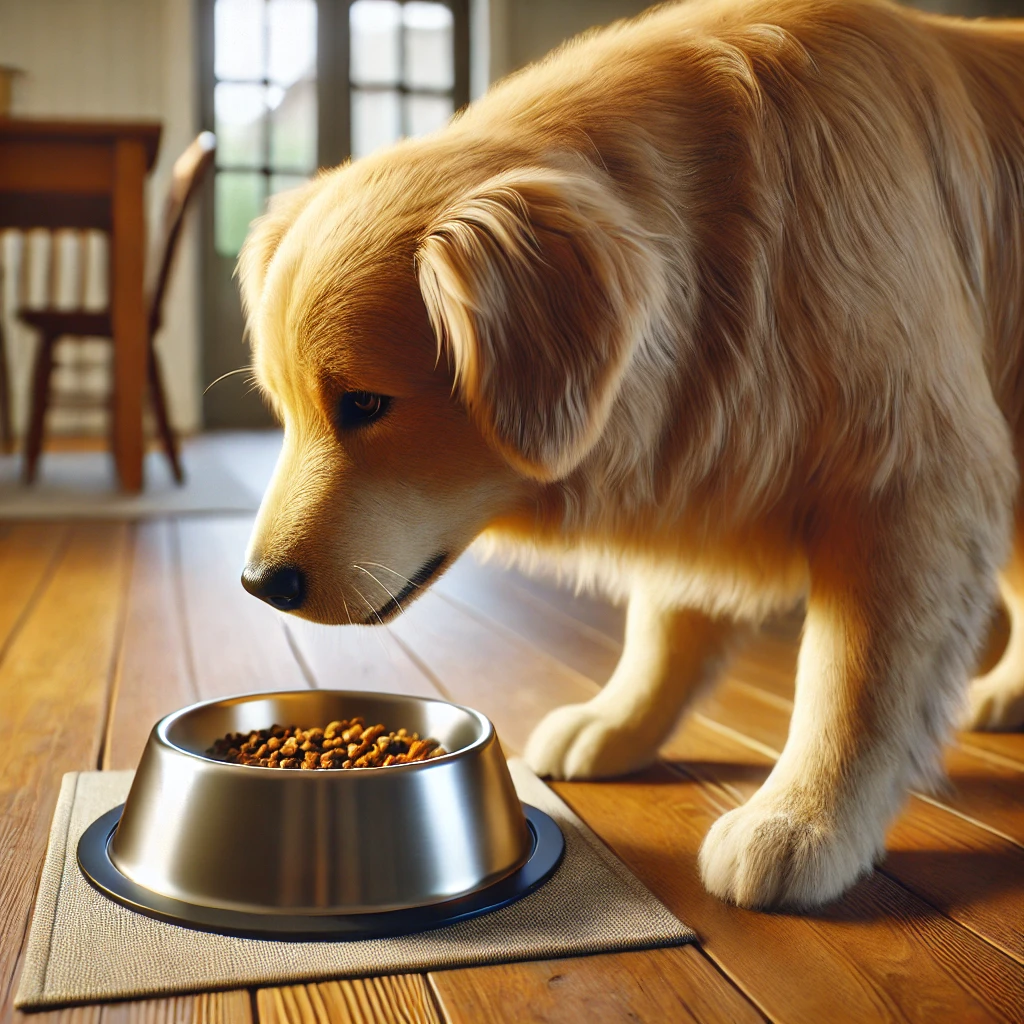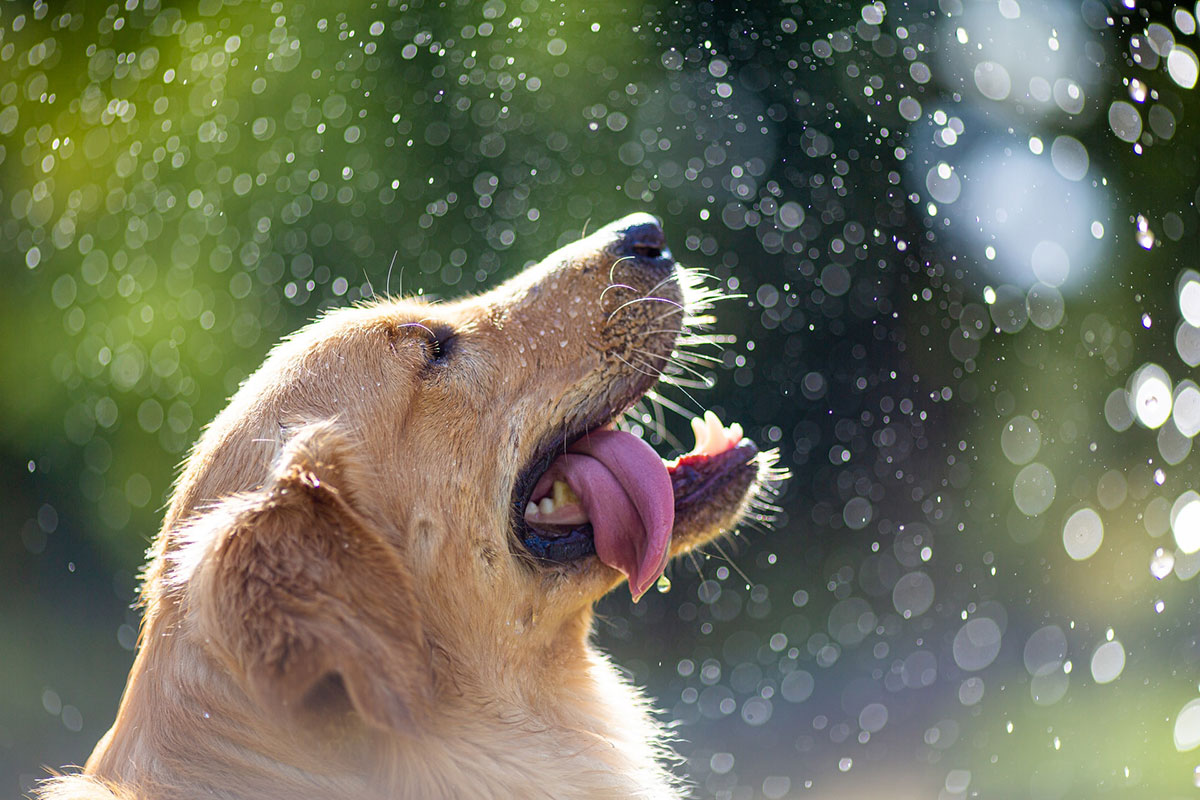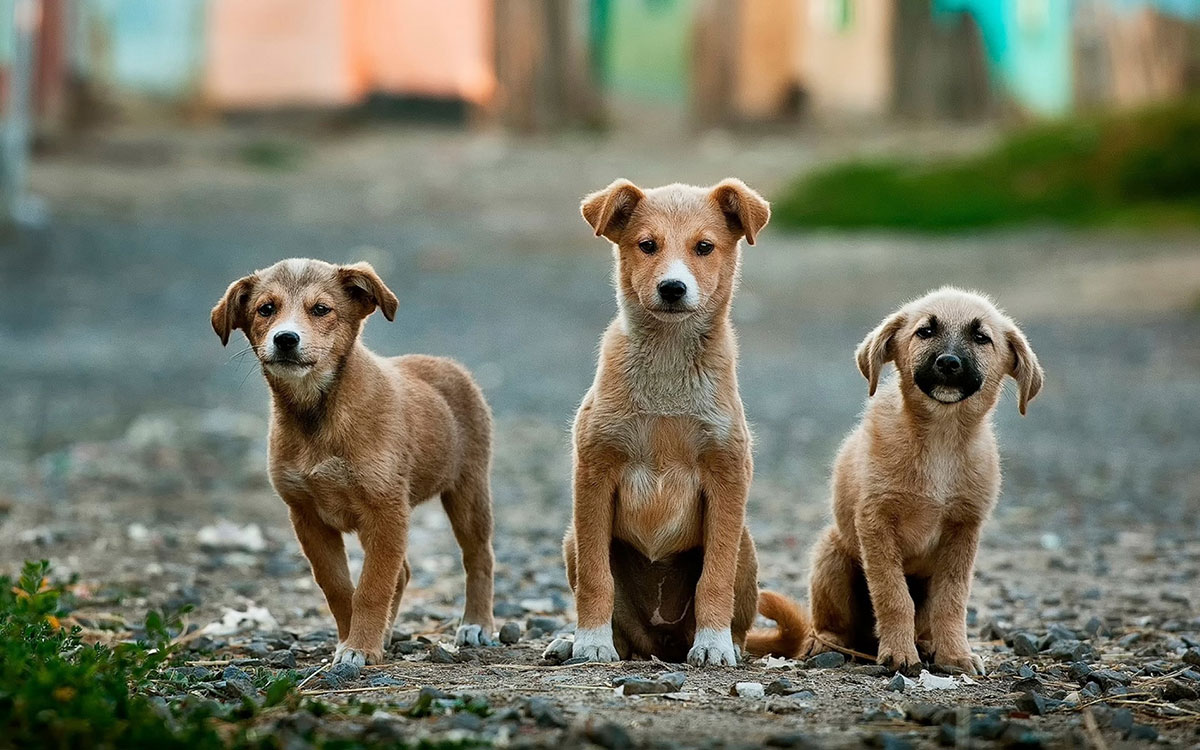🐶 Grain-Free vs. Traditional Kibble: Which One is Best for Your Pup?
🐾 A Short (and Totally Relatable) Story: The Case of the Kibble Conundrum
Meet Charlie. Charlie is a bouncy, tail-wagging Labrador Retriever with two great loves in life: belly rubs and FOOD.
His human, Jessica, always thought picking dog food was easy. She’d grab a big ol’ bag of kibble, scoop it into Charlie’s bowl, and he’d devour it in seconds. 🍖
But one day… something changed.
Charlie suddenly refused to eat his usual kibble. He sniffed it, gave Jessica a side-eye, and walked away dramatically as if she had personally offended him.
Jessica panicked. What’s wrong with my dog?! Was he sick? Did he develop a gourmet palate overnight? 🤔
After some research (and a slightly concerning number of Google searches), she found out about grain-free kibble vs. traditional kibble—and that some dogs prefer or need a switch. But which one was best for Charlie?
If you’re wondering the same thing, let’s break it down and help you decide which food is best for your pup! 🐕🥣
🐶 What’s the Difference Between Grain-Free & Traditional Kibble?
Dog food labels can be confusing—words like “grain-free,” “ancestral diet,” “wholesome grains,” and “high-protein” are thrown around like confetti. But what do they actually mean? 🤷♂️
🍗 Grain-Free Kibble:
❌ No wheat, corn, rice, or other grains. ✔️ Uses alternative carbs like sweet potatoes, lentils, or peas. ✔️ Higher in protein & healthy fats—closer to a wild canine diet. ✔️ Great for dogs with grain allergies or sensitivities.
🌾 Traditional Kibble:
✔️ Contains grains like rice, barley, or oatmeal. ✔️ Balanced nutrition with fiber, protein, and essential vitamins. ✔️ Vet-approved and great for most dogs. ✔️ Tends to be more budget-friendly than grain-free options.
So, which one is better? 🤔 It depends on your pup! Some dogs thrive on grain-free diets, while others do perfectly fine with high-quality traditional kibble.
Let’s dig deeper into the pros and cons of each! 🏆
🐕 The Pros & Cons of Grain-Free vs. Traditional Kibble
🍖 Grain-Free Kibble: Pros & Cons
✅ Pros: ✔️ Good for dogs with grain allergies or sensitivities. ✔️ Higher in protein & closer to a dog’s natural diet. ✔️ Often made with high-quality, whole food ingredients. ✔️ Great for active, working, or high-energy dogs.
❌ Cons: ❌ More expensive than traditional kibble. ❌ Some grain-free formulas use too many legumes (which may not be ideal for all dogs). ❌ Not necessary for dogs without grain allergies.
🥣 Traditional Kibble: Pros & Cons
✅ Pros: ✔️ Balanced and vet-approved for most dogs. ✔️ Budget-friendly compared to grain-free. ✔️ Contains fiber for digestion & healthy gut bacteria. ✔️ Easy to find & widely available.
❌ Cons: ❌ Some brands use low-quality fillers like corn and by-products (always read the ingredients!). ❌ Some dogs may have grain sensitivities (causing itching, upset stomachs, or allergies). ❌ May not be ideal for super active or working dogs who need more protein.
🐾 Which One is Right for Your Dog?
🐶 Choose grain-free kibble if: ✔️ Your dog has known grain allergies or sensitivities. ✔️ They need a higher protein diet (e.g., high-energy breeds). ✔️ You prefer a diet closer to what wolves eat in the wild.
🐶 Choose traditional kibble if: ✔️ Your dog has no grain sensitivities and thrives on a balanced diet. ✔️ You want a budget-friendly, vet-approved option. ✔️ Your pup needs digestive support from fiber-rich whole grains.
If you’re unsure, talk to your vet—they can help determine the best diet based on your dog’s health, activity level, and nutritional needs!
🐕 Tips for Switching Your Dog’s Food
If you’re changing kibble, don’t just dump the new food in the bowl and expect your dog to love it immediately (unless they’re a Labrador, in which case, they’ll eat literally anything).
🐾 Transition slowly – Mix 25% new food with 75% old food for a few days, then gradually increase the new food. 🐾 Monitor digestion – Keep an eye out for upset stomach, gas, or itchy skin. 🐾 Make it fun! – Add a little warm water or bone broth to kibble to make it extra delicious.
🏆 Need Help Choosing the Best Kibble?
We’ve rounded up the top-rated grain-free and traditional kibble brands that dog parents love! Check out our detailed guide here:
👉 The Best Dog Kibble: Top Picks for Grain-Free & Traditional Diets
🐕💡 Ready to Find the Perfect Food for Your Pup?
Choosing between grain-free and traditional kibble doesn’t have to be stressful! It’s all about finding the best nutritional fit for your dog.
Whether you go with a high-protein grain-free diet or a well-balanced traditional kibble, the most important thing is keeping your pup happy, healthy, and well-fed! 🐾💙
What does your dog eat? Drop a comment below and let’s talk kibble! 🍖🐶⬇️





